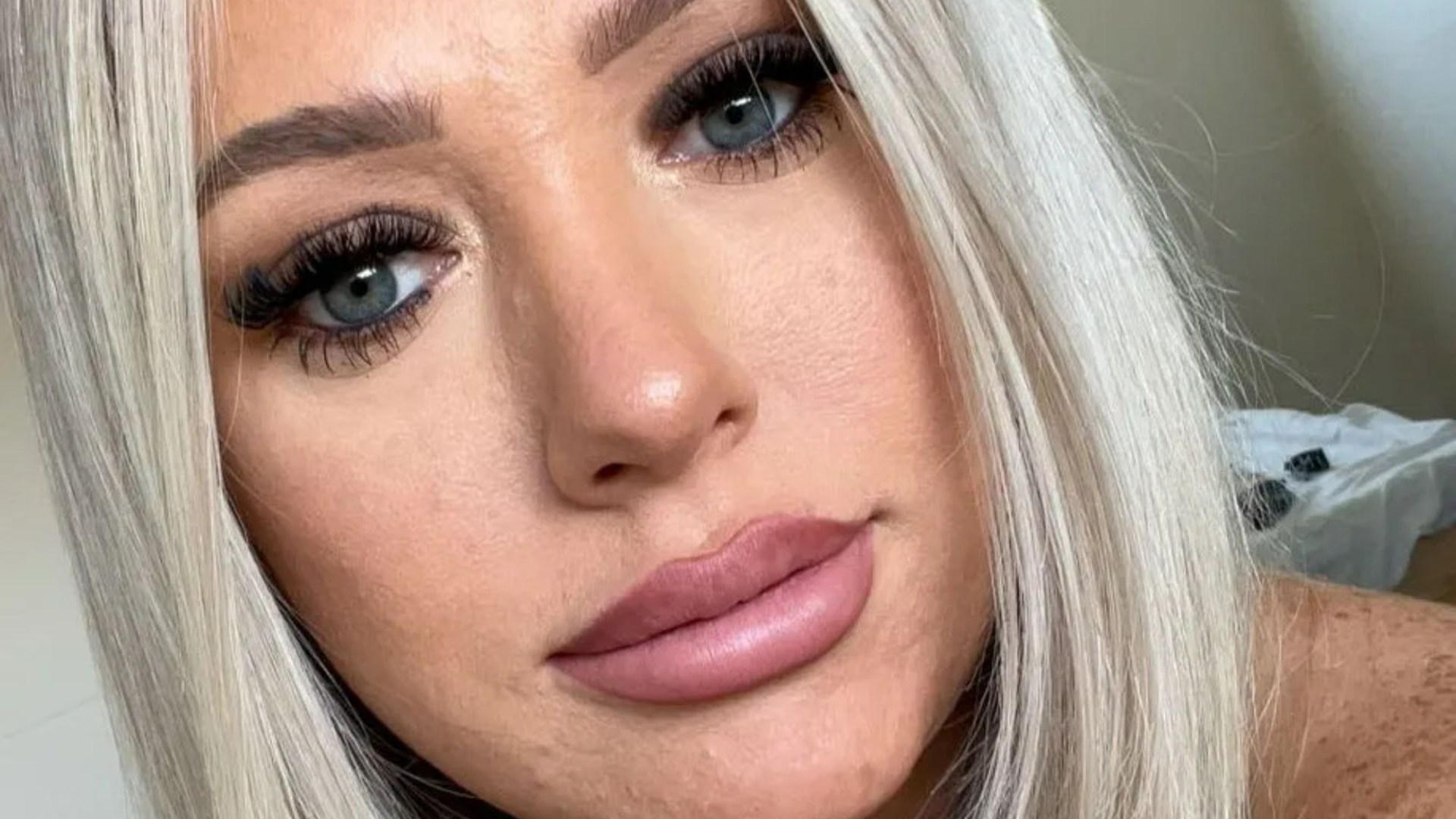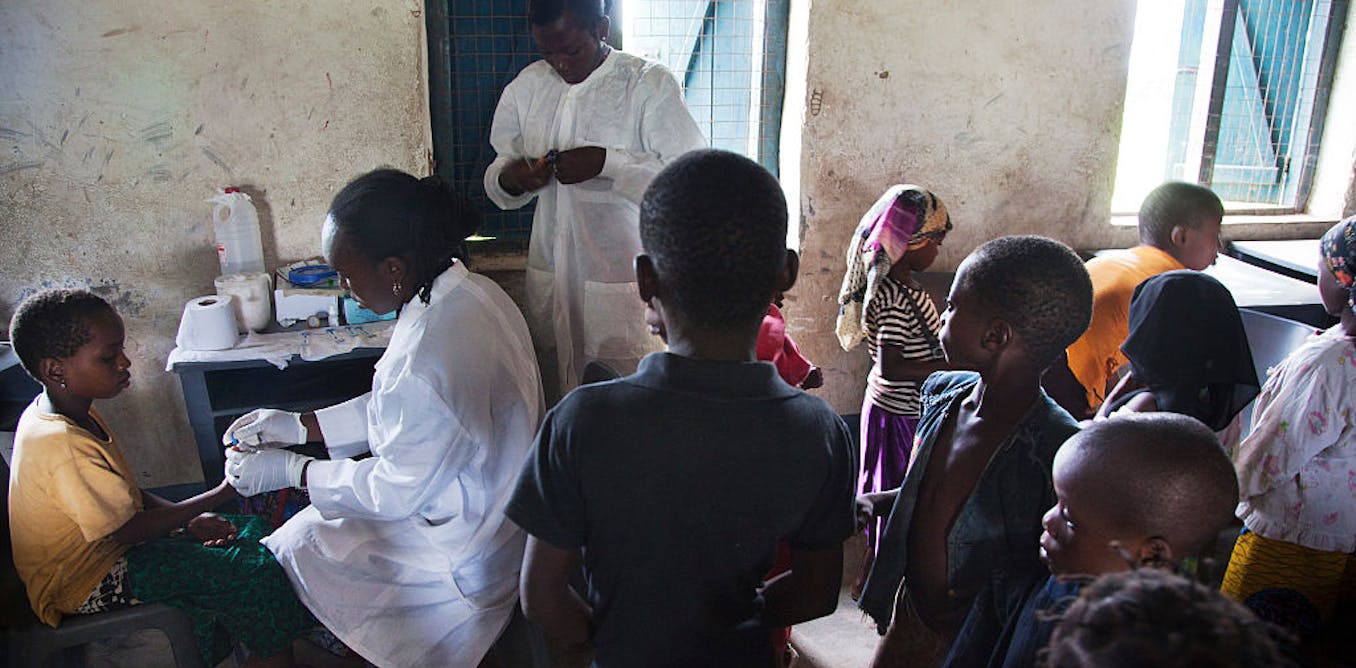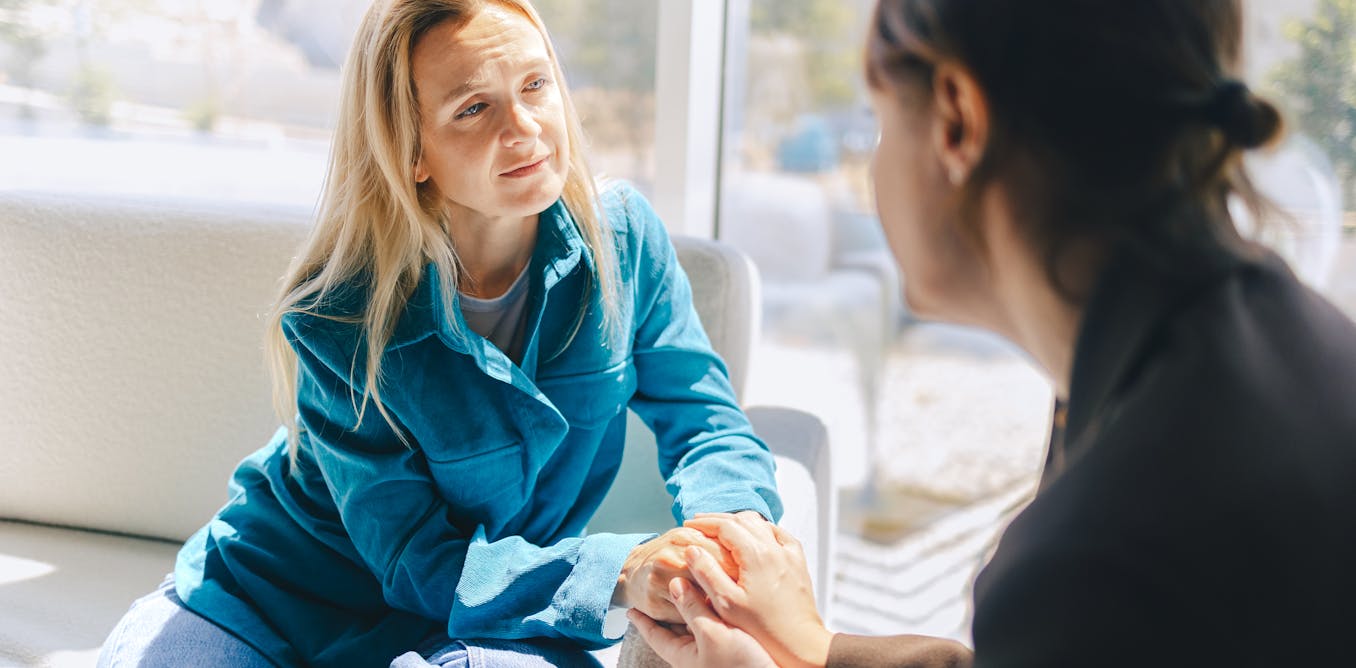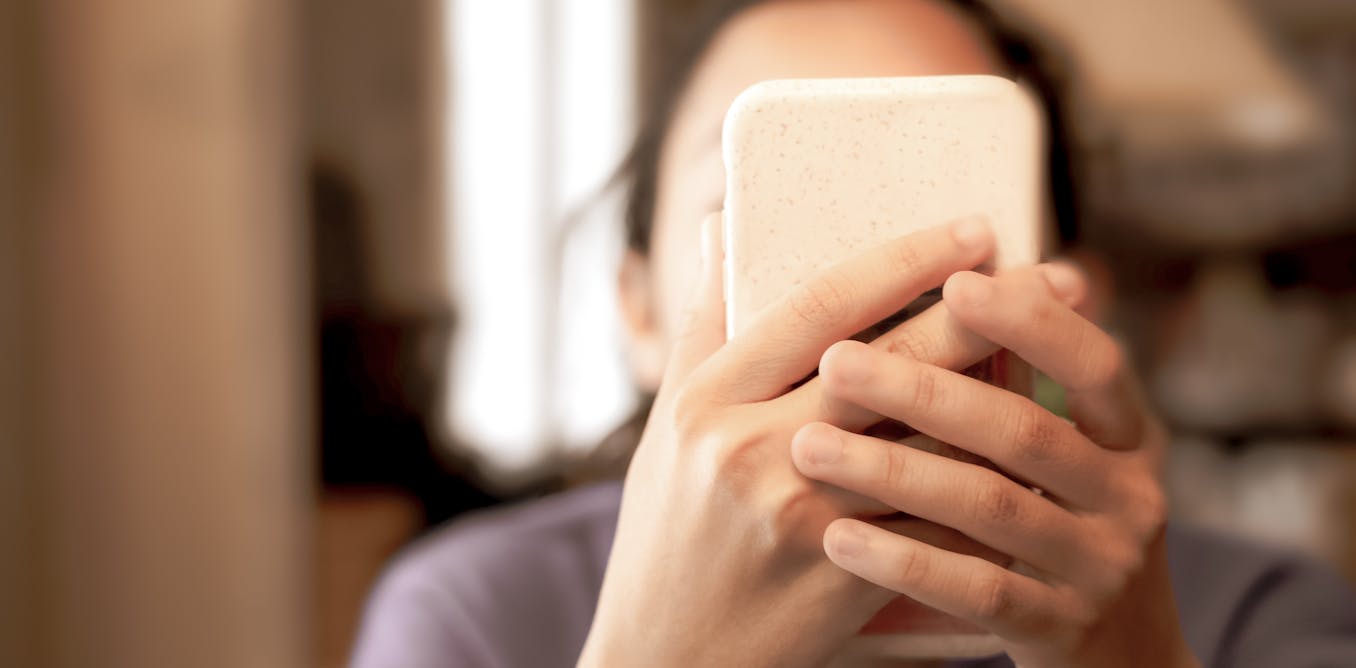A MUM thought a tiny spot on the side of her nose was a “blocked pore” – only to discover it was skin cancer years later.
Lauren Smyth, 29, used sunbeds in her early twenties but hadn’t touched them in years.
9

9

9

9
So she didn’t think much of a tiny pimple which developed on her nose.
Dermatologists had even tried to unclog the “blocked pore” during facials.
But the mum-of-two from Peakhurst, Sydney, Australia, was scrolling through TikTok last month when a video made her stop.
It shows a young woman diagnosed with aggressive skin cancer after finding a spot just like Lauren’s.
She decided to get the spot checked out just in case – and received a devastating diagnosis.
A biopsy revealed the stay-at-home mum had squamous cell carcinoma (SCC), a form of skin cancer that causes unusual patches and growths on the top layer of the skin.
It’s the second most common type of skin cancer in the UK, according to the British Skin Foundation.
The most common cause of SCC is too much exposure to UV radiation, emitted by sunlight and tanning beds.
While slow growing, Lauren was informed her cancer would spread – and is now on a course of topical chemotherapy.
She wants to warn others about the importance of sun safety – and encourage people to get any suspicious spots checked out.
Lauren, mum to Jesse, three, and Marcie, one, said: “Sunbeds aren’t worth your life – I haven’t touched one in years but once the damage is done, it’s done.”
Lauren said she had never been a serial sunbed user, but used to frequent the tanning salon in the summer in her early twenties.
She said: “If I was going on holiday or coming into summer I’d want a tan, I’d go maybe once a week.
“I never used them severely but I did use them – when you’re younger you never think anything like this will happen to you.”

9

9
Lauren said the spot on her nose developed around four years ago, which she only noticed after scrolling back through photos.
Because it was so tiny, and wasn’t dark like a mole, she never paid it much attention.
She went to get it – and other moles and spots – checked out after seeing the video in August.
During her appointment she was asked whether she had previously used sunbeds.
She said: “I was told if I had used tanning beds more than ten times before, however long ago, my risk of skin cancer would have been highly increased.
“The doctor said they thought it would be harmless.
“But I had such a bad feeling about it – I called every day asking when I would get my results.”
A few days after her biopsy, the doctor revealed it was cancerous and her options were to have a six-week round of topical chemotherapy, or surgery.
Can you spot the cancerous moles from the harmless ones?
IF you’ve spotted a new mole or lingering mark on your skin, don’t be too quick to dismiss it.
It’s important to know what your skin looks like normally, to helps you notice any unusual changes.
The ABCDE rule can be followed to assess the health of a mole.
If your mole falls into the following, it’s worth getting checked:
- Asymmetrical – melanomas usually have two very different halves and are an irregular shape
- Border – melanomas usually have a notched or ragged border
- Colours – melanomas will usually be a mix of two or more colours
- Diameter – most melanomas are usually larger than 6mm in diameter
- Enlargement or elevation – a mole that changes size over time is more likely to be a melanoma
Most melanomas don’t give you symptoms like pain or itching.
Meanwhile, some non-cancerous moles or abnormal patches of skin can be itchy.
So having some of these changes on their own doesn’t mean you definitely have melanoma, but you should still get it checked out.
There are two main types of skin cancer – non melanoma skin cancer and melanoma skin cancer.
Non-melanoma skin cancer includes:
- Basal cell skin cancer – this is also called basal cell carcinoma
- Squamous cell skin cancer – this is also called squamous cell carcinoma
There are a few different types of melanoma too:
- Superficial spreading melanoma
- Nodular melanoma
- Lentigo maligna melanoma
Find out more about distinguishing moles here.
Because the surgery would involve cutting away the entire piece of skin on her face, plus margins, she was advised to try chemo first.
She’s now two weeks into the treatment.
GET SPOTS CHECKED
She said: “It’s had a big impact – I’m constantly worrying if the cancer will spread, and I’m constantly checking myself for more spots.
“It keeps me up at night and I even dream about it.
“I caught mine early and I want to encourage others to go and get any spots checked.
“Don’t use sun beds – you can get the same tan from a bottle in the shop.
“And I want to share the importance of sun safety – if there was a cream to prevent breast cancer you’d use it.
“There is a cream to prevent skin cancer – but people don’t wear it daily. And they should.”
The British Skin Foundation notes that you shouldn’t just be slathering on your sun cream in the summer or when it’s hot and sunny out.
It’s CEO Matthew Patey says: “The sun emits UV rays all year round and up to 80 per cent of UV rays can penetrate through clouds.
“We know that wearing sunscreen prevents most of the sun’s harmful rays from reaching our skin and significantly reduces the likelihood of developing skin cancer.
“It’s really important to wear sunscreen all year round, no matter the weather outside.”

9

9

9
Risks of sunbeds

THE promise of a constant glowing tan is too tempting for some people to deny.
But while popping to the sunbed shop may seem harmless, people who use tanning beds should be aware of the risks.
Approximately 10 per cent of the population of Northern Europe use sunbeds on a regular basis, the World Health Organization says.
Some people use them for years on end, accumulating risk of serious disease.
We are here to give you the lowdown on sunbeds and if they are safe to use.
According to the World Health Organisation (WHO), sunbeds are as dangerous as smoking.
Like the sun, they give out harmful UV rays that damage the DNA in your skin cells.
Over time, this may lead to malignant melanoma – the deadliest form of skin cancer – studies have shown.
According to the International Agency for Research on Cancer (IARC), there is significant evidence to show that using tanning beds causes melanoma.
They report that sunbeds increase the risk of skin cancer by up to 20 per cent, and also state that they have no positive benefits to our health.
Cancer Research back this statistic, adding that ” there is no such thing as a safe tan from UV radiation”.
One study found that sunbeds can almost double the risk of cancer compared to never using them – with women 83 per cent more likely to develop the disease.
While some people think tanning beds are safer than sitting out in the midday sun, according to Cancer Research, the risk is still twice as high when compared to spending the same amount of time in the Mediterranean sun at lunch time.
The Sunbed Association claim there is not enough evidence to link sunbed use with melanoma, adding: “It is over-exposure and burning that will increase a risk of skin cancer, not responsible UV exposure.”
But the WHO says: “The majority of tanning parlours provide inadequate advice to their customers.
“The use of eye protection such as goggles or sunglasses should be mandatory.
“However, as sunbed users aim to have an even tan, they often decide against protecting any part of their body.”
Referring to the link with skin cancer, the world health experts add: “Sunbeds for self-tanning purposes have been available for the last two decades and due to the long latency period for skin cancer and eye damage it has been difficult so far to demonstrate any long-term health effects.
“Even though the causes of malignant melanoma are not fully understood, tumour development appears to be linked to occasional exposure to intense sunlight.
“Sunbeds subject their users to intermittent high exposures of UVA and UVB radiation – this may provide the ideal setting for the development of malignant skin cancer.
“However, the few epidemiological studies that have been carried out to date have not provided any consistent results.”
Despite the WHO’s cautious stance on the skin cancer link, it discourages the use of sunbeds, quoting an expert who said the use of tanning parlours is like “an industrial-scale radiation exposure experiment”.
Regardless of skin cancer, sunbeds don’t just have long-term health risks.
Users have reported a range of short-term symptoms including itching, dryness and redness of skin, freckling and photosensitivity.
Common outcomes in the longer term, especially in fair-skinned people, may involve blistering of the skin.
“Sagging and wrinkling of the skin are an almost certain price to be paid by frequent sunbed users”, the WHO says – not quite the outcome you hope for when going to the sunbed shop for a beautiful, youthful look.




